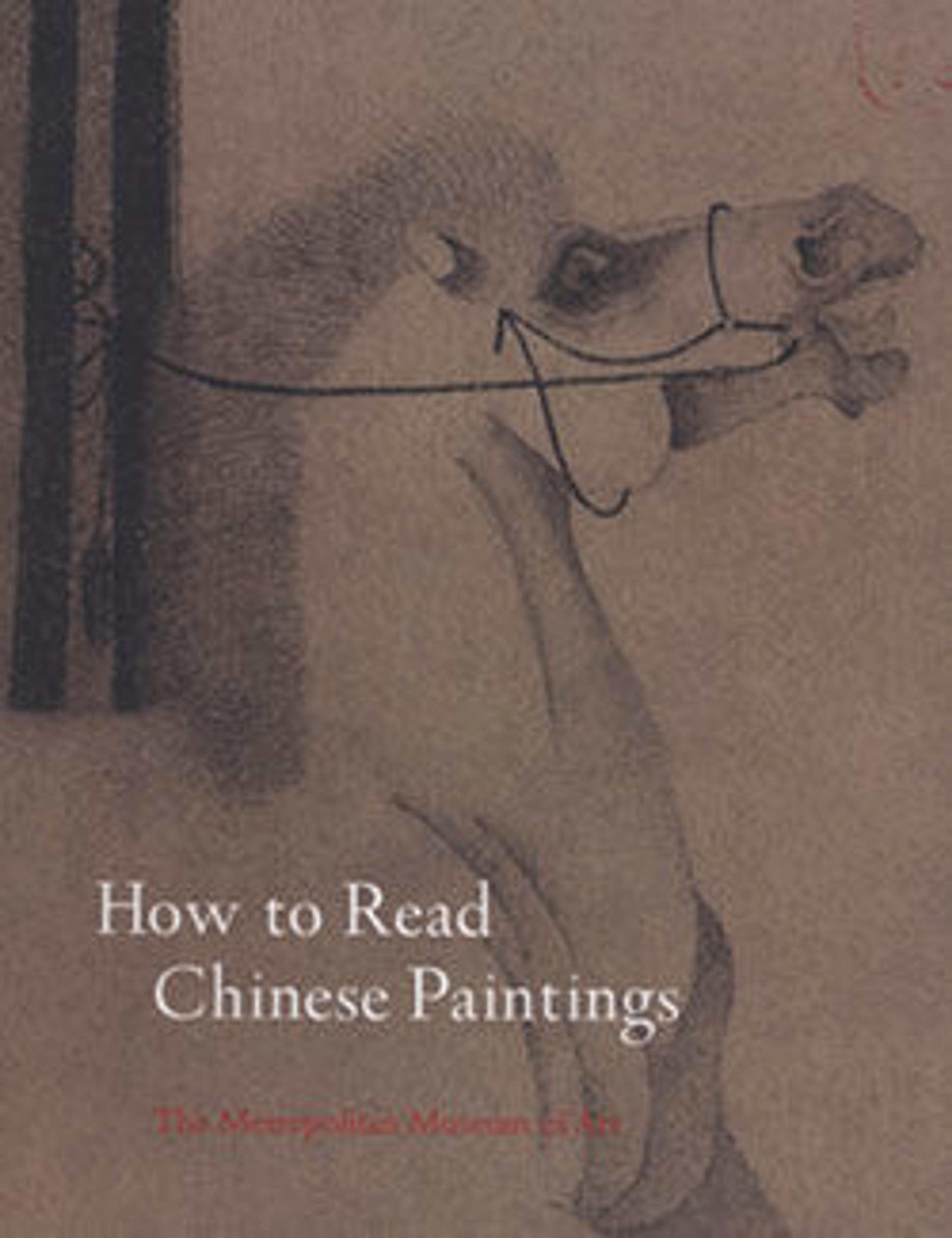The Yellow Pavilion
Xia Yong carried the specialty of architectural renderings in the "ruled-line" (jiehua) manner to new heights of technical control. In contrast to his loosely described landscape elements, Xia's buildings are densely detailed and meticulously drawn. This predeliction for minute scale is also evident in the artist's microscopic inscription, which transcribes "A Rhapsody on the Yellow Pavilion," an essay by the famous Northern Song scholar Su Che (1039–1112), the younger brother of the poet Su Shi (1037–1101).
Su Che's inscription describes how the region around Xuzhou, in northern Jiangsu, was flooded in 1077, following a sudden break in the dikes of the Yellow River. Su Shi, then a prefect there, worked indefatigably to rescue the city from disaster. After the flood subsided and the city walls were repaired, the Yellow Pavilion was dedicated in his honor. Three centuries later, in 1344, the Yellow River flooded again, causing widespread destruction. By referring to a flood that occurred three centuries earlier—and concealing his real message by writing Su's text in a script so minute that few would actually have read it—Xia Yong obliquely signaled his awareness of the momentous social changes caused by the flood, which would lead to the downfall of the Yuan dynasty less than twenty years later.
Su Che's inscription describes how the region around Xuzhou, in northern Jiangsu, was flooded in 1077, following a sudden break in the dikes of the Yellow River. Su Shi, then a prefect there, worked indefatigably to rescue the city from disaster. After the flood subsided and the city walls were repaired, the Yellow Pavilion was dedicated in his honor. Three centuries later, in 1344, the Yellow River flooded again, causing widespread destruction. By referring to a flood that occurred three centuries earlier—and concealing his real message by writing Su's text in a script so minute that few would actually have read it—Xia Yong obliquely signaled his awareness of the momentous social changes caused by the flood, which would lead to the downfall of the Yuan dynasty less than twenty years later.
Artwork Details
- 元 夏永 黃樓圖 冊頁
- Title: The Yellow Pavilion
- Artist: Xia Yong (Chinese, active mid-14th century)
- Period: Yuan dynasty (1271–1368)
- Date: ca. 1350
- Culture: China
- Medium: Album leaf; ink on silk
- Dimensions: Image: 8 1/8 x 10 1/2 in. (20.6 x 26.7 cm)
- Classification: Paintings
- Credit Line: Ex coll.: C. C. Wang Family, From the P. Y. and Kinmay W. Tang Family Collection, Gift of Oscar L. Tang, 1991
- Object Number: 1991.438.3
- Curatorial Department: Asian Art
Audio
7604. The Yellow Pavilion
0:00
0:00
We're sorry, the transcript for this audio track is not available at this time. Please email info@metmuseum.org to request a transcript for this track.
More Artwork
Research Resources
The Met provides unparalleled resources for research and welcomes an international community of students and scholars. The Met's Open Access API is where creators and researchers can connect to the The Met collection. Open Access data and public domain images are available for unrestricted commercial and noncommercial use without permission or fee.
To request images under copyright and other restrictions, please use this Image Request form.
Feedback
We continue to research and examine historical and cultural context for objects in The Met collection. If you have comments or questions about this object record, please complete and submit this form. The Museum looks forward to receiving your comments.
